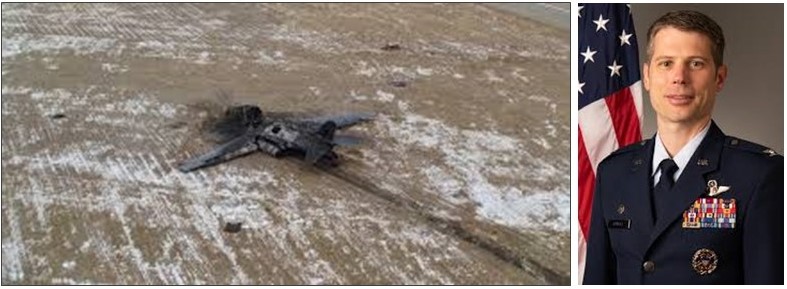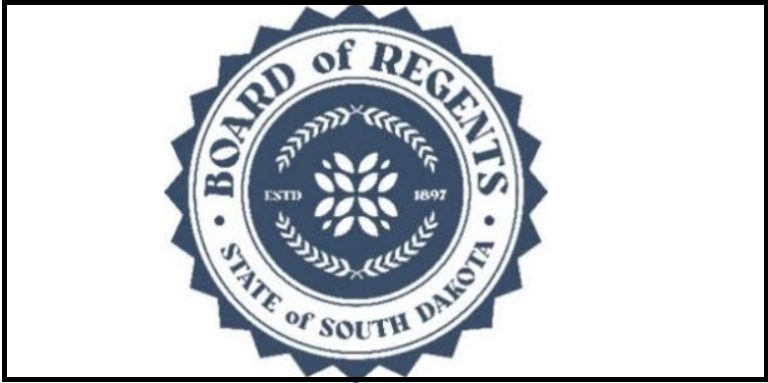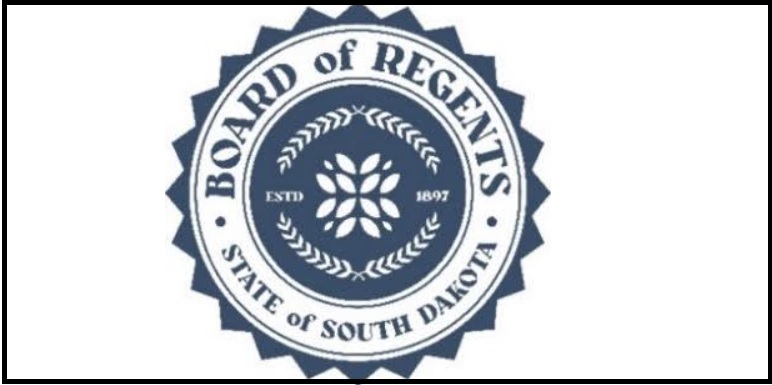RAPID CITY, S.D. – An Air Force Colonel at Ellsworth Air Force Base has been relieved of his command following a review of an aircraft crash that occurred early this year.
That crash resulted in the loss of a B-1B Lancer Bomber, one of the aircraft in the nation’s strategic bombing fleet. It cost taxpayers more than $456 million. The four-man crew was ejected from the plane, with two airmen injured.
A review of the Jan. 4 crash by the Air Force’s Global Strike Command criticized the airmanship skills within the 34thBomb Squadron and found that the crash was caused by a “complacent” culture in the organization.
The report resulted in Col. Mark Kimball, the 28th Operations Group commander at Ellsworth, to be relieved of his command on Friday “due to a loss of trust and confidence in his ability to command, based on the findings of an Accident Investigation Board report into the Jan. 4 crash of a B-1B bomber at Ellsworth,” a press release from Air Force Global Strike Command said. The 34th Bomb Squadron is part of the 28th Bomb Wing.
⌊ Ellsworth B1 Crashes During Training Mission ⌋
The review of the Jan. 4 crash blamed it on a degradation of airmanship skills and chronic complacency in the unit’s culture. The B-1 crashed in adverse weather conditions that were not properly communicated to the crew, and a weather sensor on the airfield used to provide reports to landing crews had been out of service for two months before the accident. The equipment failure wasn’t noticed until after the accident, according to the review.
The plane was returning from a training mission when it landed 100 yards short of the runway, skidding 5,000 feet and erupting in flames. The investigation and damage to the runway forced the Air Force to temporarily relocate 250 airmen and several aircraft to a base in Texas.
The review also found that the B-1’s pilot didn’t adjust the plane’s airspeed on final approach to achieve “targeted airspeed.” The plane experienced wind shear and dropped below glideslope, becoming thrust deficient. The crew did not recognize the jeopardy until it was too late to recover.
The investigation identified five issues that led to the crash: failure to perform crew resource management, adverse weather conditions, ineffective operations supervision, lack of airfield awareness and an unhealthy organizational structure that “permitted degradation of airmanship skills.”
“Throughout its investigation, the Accident Investigation Board found unsatisfactory levels of basic airmanship, an inadequate focus on foundational governing directive knowledge, and an overall lack of discipline throughout the 34 (Bomb Squadron),” the report concluded. “The preponderance of the evidence revealed an ineffective and unhealthy culture, which directly contributed to the mishap.”
According to his Air Force biography, Col. Kimball was himself a B-1B pilot and a 22-year veteran of the Air Force, having been commissioned from the ROTC program at the University of Maryland in 2002. He had only been in his command for six months – and promoted to colonel for four – when the crash occurred.











